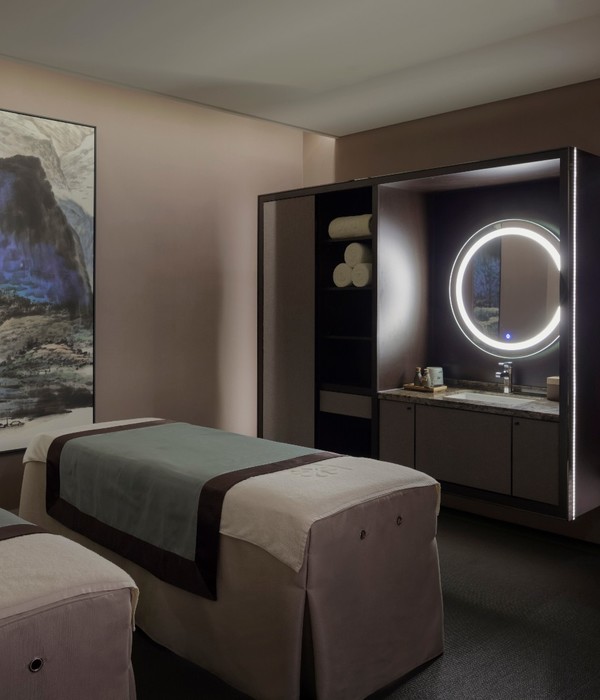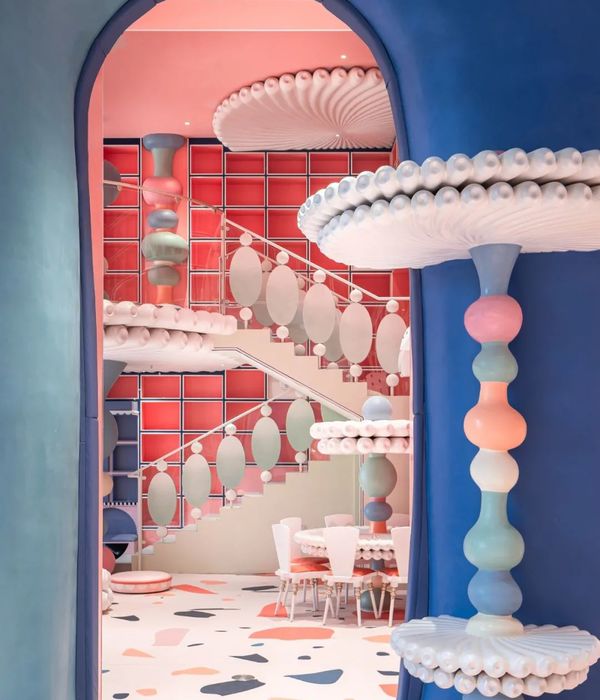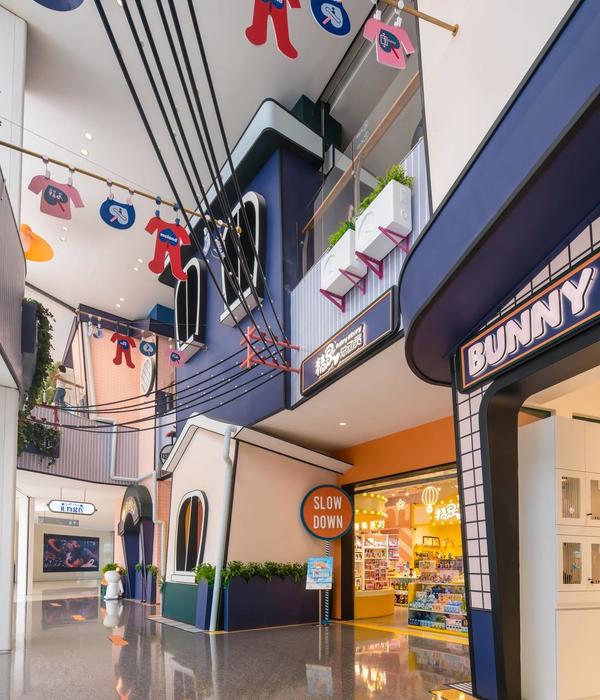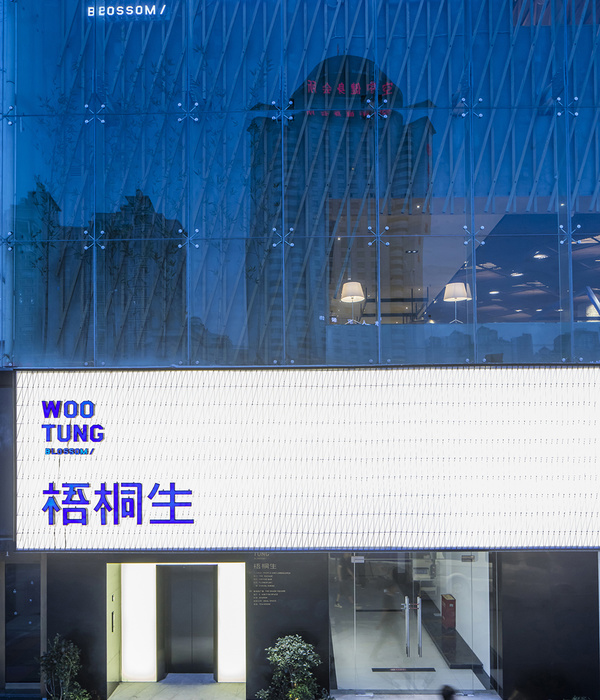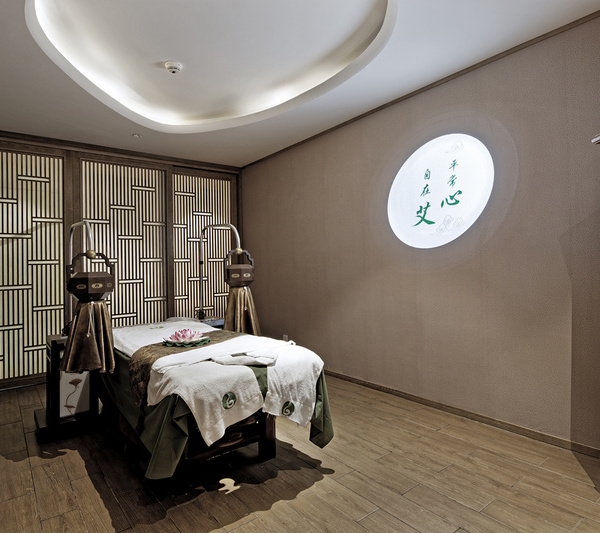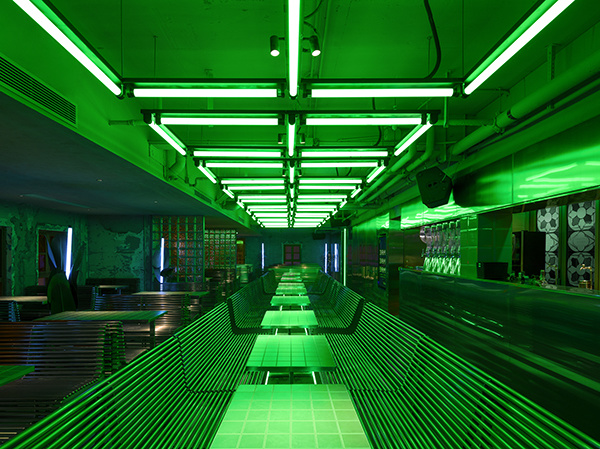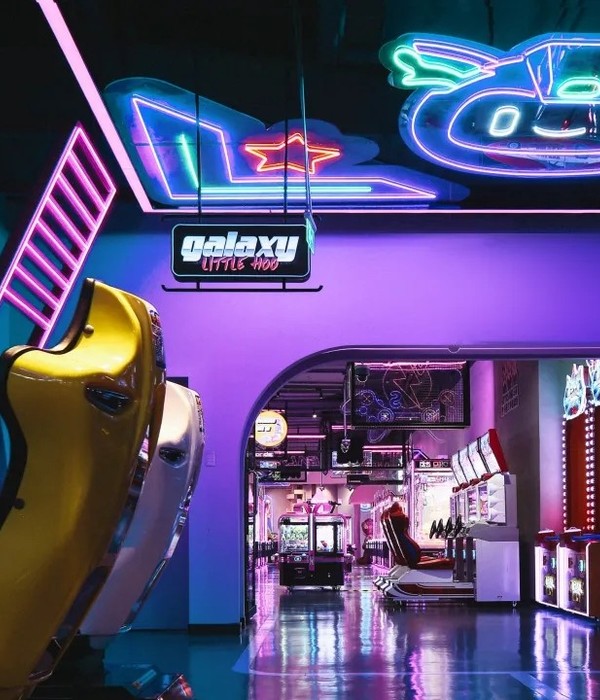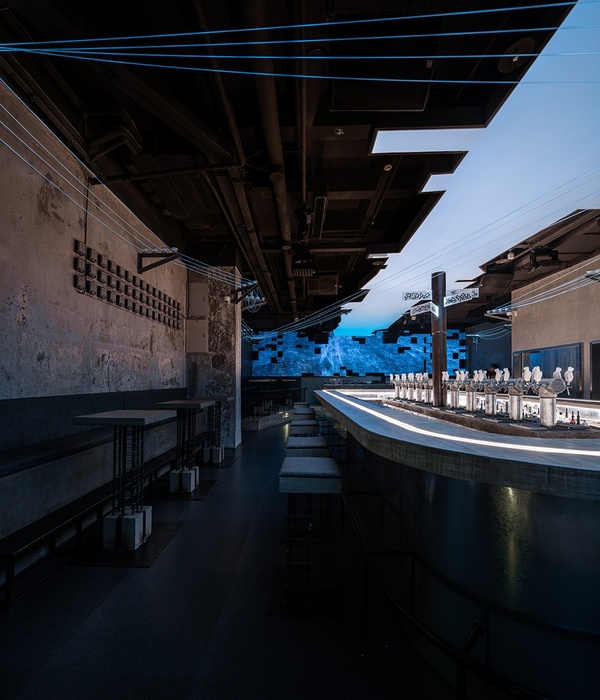Montreal’s Stillife bar was designed by Alain Carle Architecte to be an intimate place for attentive and serious drinking, in the pure tradition of the Prohibition era speakeasy.
Industrial Memory Mixology has seen remarkable growth in the metropolitan nightlife universe over the past few years. Many bars around the world now compete like restaurants, promoting “personalities” behind the traditional counter, where previously a bartender worked in discreet silence.
The Stillife project was conceived by a seasoned team of Montréal mixologists seeking to position themselves in an area of the city in the midst of reconversion. The space was highly secretive, in the basement of a former industrial building previously used as a warehouse, at the end of a narrow passage between two large buildings.
Choosing this very special space was the starting point of the idea for the project. Instead of the neutrality peculiar to any storage area, an entertainment site was preferred, reminiscent of the material quality of old industrial sites of this type. The proposal leaves room for the framing features of this 19th century architecture. The steel structure and the roughstone walls become ornamental components, while the floor is modulated to create subspaces of raised areas, accommodating high benches and counters for group consumption. The old brick vault was also preserved as a pivot point with the preparation areas at its centre.
Laboratory Culture The central space, on a lower level from the high bench and counter areas, presents bars arranged face to face. They can be separated from each other by removable partitions to divide the space and accommodate groups wishing to meet in privacy. The layout of the premises was treated in perfect symmetry, with an ultra-reflective glass wall at the centre that can blur the perceptions of the space as it exists in reality.
The added elements, suitable for preparation of cocktails and side dishes, were laid out with minimal artifice. Large stainless steel counters and shelves present various artifacts and ingredients and are designed as display cases reminiscent of old-fashioned apothecary shops or chemical laboratories.
These two service hubs act as lanterns in space: they are the focal points, the stage for these new bartenders of the nocturnal world, in total contrast with the rest of the space where the customers stay in secret darkness. The lighting work thus adds mystery and helps the users forget the world around them.
Design: Alain Carle Architecte Photography: Maxime Brouillet
6 Images | expand images for additional detail
{{item.text_origin}}

